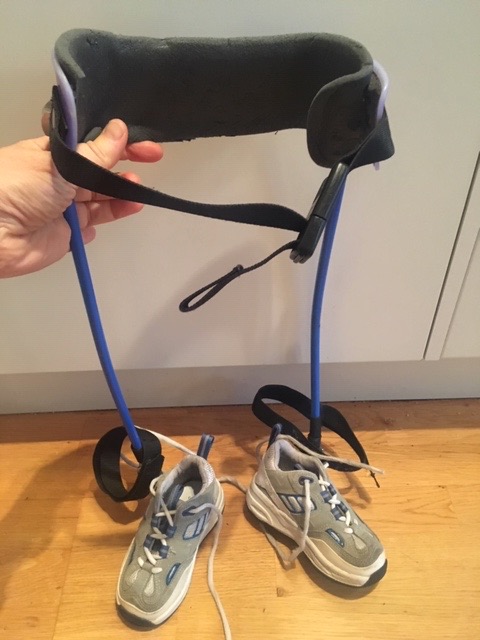To perform external rotation of the legs is a challenging movement for children with cerebral palsy. During the 1990s, a research study was conducted where electromyography measurements were performed on a girl with cerebral palsy spastic diplegia. The study investigated her gait pattern both with and without the use of a derotational orthosis, an orthosis that positions the foot in external rotation while allowing free movement. Ingrid Odeén and Karin Harms Ringdahl, prominent figures in Swedish physiotherapy, supervised this work and encouraged publication, although for various reasons, it did not materialize.
The study, now available for reading, has been revised from typed text and includes copies of electromyography curves. Despite many changes since then, it is significant to note that external rotation had an overall impact on the movement pattern. After using the orthosis for 30 minutes, the child regained normal activity in the calf muscle (gastrocnemius) as well as in the hip abductors. It’s clear that further research and, above all, efforts are needed to teach children with cerebral palsy how to perform external rotation. By transitioning from walking on tiptoe and crossing legs, children are given the opportunity to walk with their entire foot and activate the correct muscle groups. A deeper understanding of how external rotation affects spastic gait is necessary for future interventions.
